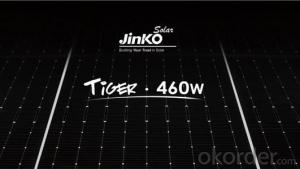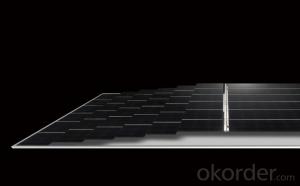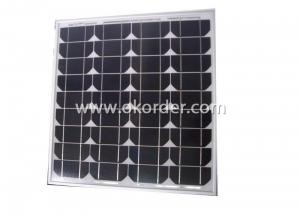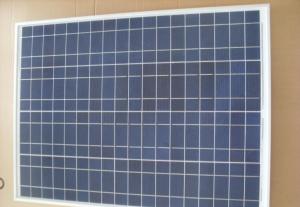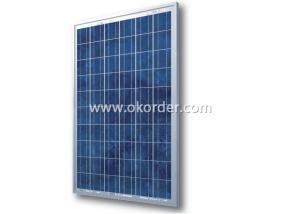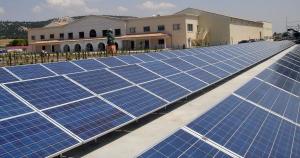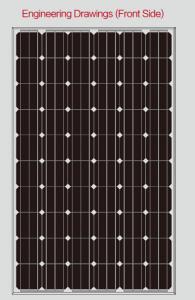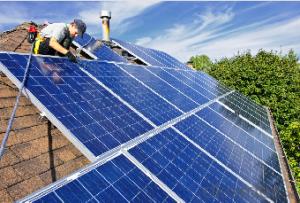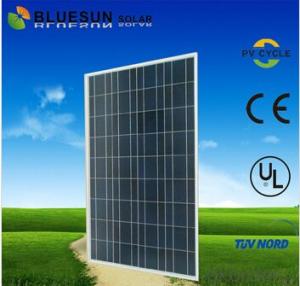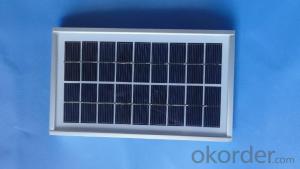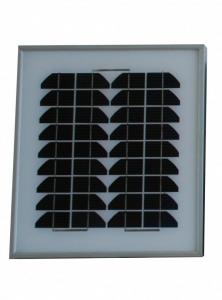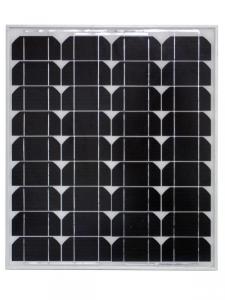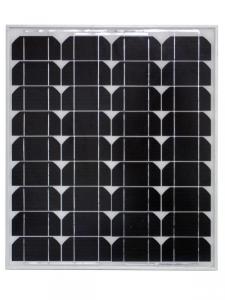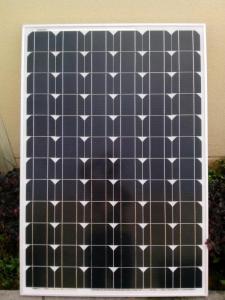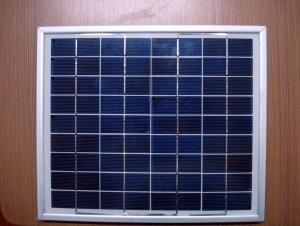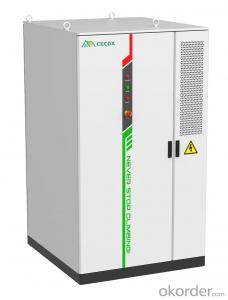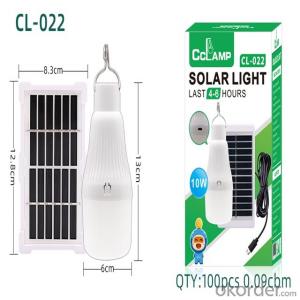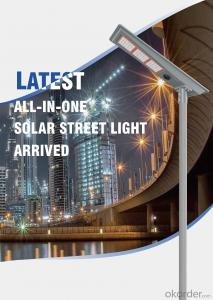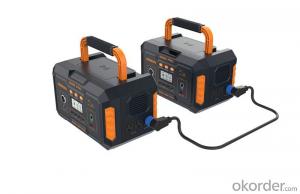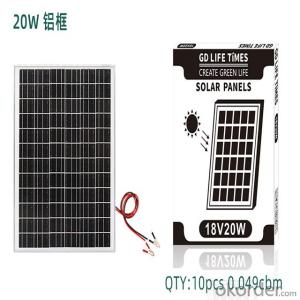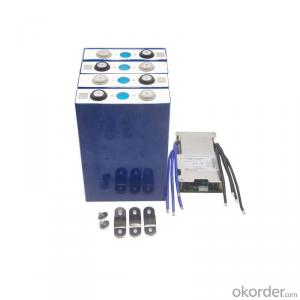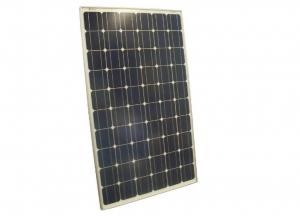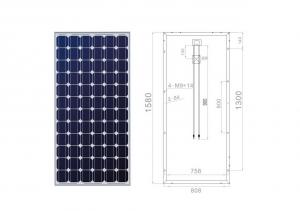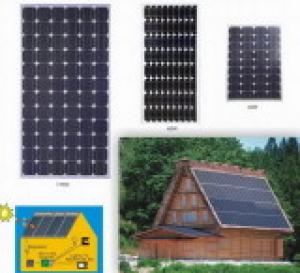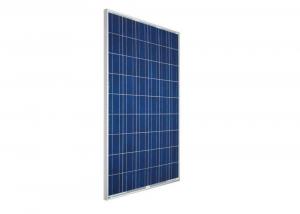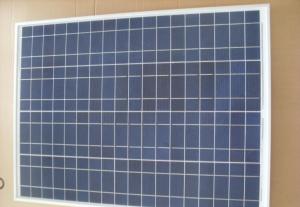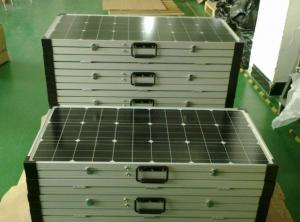Jinko Solar Panel Tiger Bificial Double Glass 460W
- Loading Port:
- Shanghai
- Payment Terms:
- TT or LC
- Min Order Qty:
- 315000 watt
- Supply Capability:
- 1000000 watt/month
OKorder Service Pledge
OKorder Financial Service
You Might Also Like
Item specifice
【Product Descroption】
With ensured after service, we can both supply tire one brand such as JINKO brand and do OEM for you. Poly, Mono, Half cell, Double glass, Thin film and so on are all available. Tiger Solar Panel is the new developed style of Jinko double glass mono solar panel.

【Advantage of Tiger Module】
(1)Ultra-high Power for the Lowest LCOE and Highest IRR
(2)Ultra-high Efficiency of 20.78%
(3)Reliable Tiling Ribbon Technology Eliminating the Inter-cell Gap
(4)9 Busbar Technology Decreasing the Resistance Loss
【SPECIFICATION】
| Module Type | STC | NOCT |
| 460W | 342Wp | |
| Maximum Power (Pmax) | 43.32V | 39.84V |
| Maximum Power Voltage (Vmp) | 10.62V | 8.59A |
| Maximum Power Current (Imp) | 51.90V | 48.99V |
| Open-circuit Voltage (Voc) | 11.35A | 9.17A |
| Module Efficiency STC (%) | 20.21% | |
| Operating Temperature(℃) | -40℃~+85℃ | |
| Maximum system voltage | 1500VDC (IEC) | |
| Maximum series fuse rating | 25A | |
| Power tolerance | 0~+3% | |
| Temperature coefficients of Pmax | -0.35%/℃ | |
| Temperature coefficients of Voc | -0.28%/℃ | |
| Temperature coefficients of Isc | 0.048%/℃ | |

| Cell Type | P type Mono-crystalline |
| No of Cells | 156 (2×78) |
| Dimensions | 2205×1032×30mm (86.81×40.63×1.38 inch) |
| Weight | 29.6 kg ( 65.25lbs) |
| Front Glass | 2.0mm,Anti-Reflection Coating |
| Back Glass | 2.0mm, heat strengthened glass |
| Frame | Anodized Aluminium Alloy |
| Junction Box | IP67 Rated |
| Output cables | TUV 1×4.0mm2, (+): 250mm , (-): 150 mm or Customized Length |




【Warranty】
12 years Guarantee on product materail and workmanship
30 years Linear Power output warranty
0.45% Annual Degradation Over 30 years

- Q:Do solar panels require a battery for energy storage?
- No, solar panels do not require a battery for energy storage. They can be directly connected to the electrical grid and the excess energy generated during the day can be fed back into the grid and used at night or during cloudy periods. However, batteries can be used to store the excess energy for later use, especially in off-grid systems or areas with unreliable grid access.
- Q:Hi everyone, I am a novice in solar energy system. I want to know if I am on the right track. Recently I bought a 30 W solar panel, 5 Amp controller, and a 22 Ah battery, how many watts and what kind of INVERTER do I need? I did an research some said 50 W and some said 300 W. And am I right on the 5 amp controller and 22 Ah battery to provide larger output of electric, or the higher the # the greater output for 30 W solar panel?Really appreciate for anyone who help!!!
- must be one of the place who's place have sun
- Q:What is the efficiency of solar panels?
- The efficiency of solar panels refers to how effectively they convert sunlight into usable electricity. Generally, the efficiency of solar panels ranges from 15 to 20 percent, with some advanced models achieving efficiencies of up to 23 percent. However, it's important to note that the efficiency can vary depending on various factors such as the type of panel, its age, location, and environmental conditions.
- Q:Can solar panels be installed on data centers?
- Yes, solar panels can be installed on data centers. In fact, many data centers are incorporating solar power as a sustainable energy source to reduce their carbon footprint and lower energy costs. The large, flat rooftops of data centers provide ample space for solar panel installations, making it a viable option for generating clean and renewable energy for these facilities.
- Q:What in the solar panel wares out so that the panel can not convert the suns energy to electric energy? Please post were you get answers.
- They really don't stop working unless there is some sort of manufacturers deficiency, where a connecting tab(wire) is broken. Generally their output just decreases over the years. There are plenty of solar panels over 40 years old still producing electricity, which is 0 years past the typical 30 year manufacturers waranty.
- Q:How do solar panels affect the property's long-term financial viability?
- Solar panels can significantly enhance the long-term financial viability of a property. By generating clean and renewable energy, solar panels can help reduce electricity bills, providing substantial savings over the life of the system. Moreover, investing in solar panels can increase the property value, making it more attractive to potential buyers and potentially resulting in higher resale prices. Additionally, solar panels can provide a stable and predictable source of electricity, protecting the property from future energy price fluctuations.
- Q:in the afternoon sun heat increases to high level due to which the panels heats up very high now my question is this heat will effect the panels life time and will damage the panels or not ??
- Some are better than others. It depends on the manufacturing technique. All will degrade over time, some over decades, others over months (if they're defective).
- Q:Single crystal solar panels and polycrystalline solar panels
- monocrystalline silicon market share and a slight increase, and now the market to see the majority of single-crystal silicon cells. Monocrystalline silicon solar cell silicon crystal is very perfect, its optical, electrical and mechanical properties are very uniform, the color of the battery is mostly black or dark, especially for small pieces of small pieces of consumer products.
- Q:I want to build a solar panel
- Some people that have advanced technical skills can even try to build their own solar panels to save money. In case you decide to go with this option you should know that today is fairly easy to find lot of literature about building your own solar panels which of course makes things easier. Still I would recommend this option to people without advanced technical skills. renewableenergyarticles.blogspot....
- Q:Can solar panels generate electricity during a blackout?
- No, solar panels cannot generate electricity during a blackout. This is because most solar panel systems are grid-tied and rely on the electricity from the power grid to function. When there is a blackout, the grid-tied solar panels automatically shut off to prevent any electricity from flowing back into the grid, in order to protect utility workers who may be repairing the power lines. However, it is possible to have a backup battery system installed along with the solar panels, which can store excess energy and provide electricity during a blackout.
1. Manufacturer Overview |
|
|---|---|
| Location | |
| Year Established | |
| Annual Output Value | |
| Main Markets | |
| Company Certifications | |
2. Manufacturer Certificates |
|
|---|---|
| a) Certification Name | |
| Range | |
| Reference | |
| Validity Period | |
3. Manufacturer Capability |
|
|---|---|
| a)Trade Capacity | |
| Nearest Port | |
| Export Percentage | |
| No.of Employees in Trade Department | |
| Language Spoken: | |
| b)Factory Information | |
| Factory Size: | |
| No. of Production Lines | |
| Contract Manufacturing | |
| Product Price Range | |
Send your message to us
Jinko Solar Panel Tiger Bificial Double Glass 460W
- Loading Port:
- Shanghai
- Payment Terms:
- TT or LC
- Min Order Qty:
- 315000 watt
- Supply Capability:
- 1000000 watt/month
OKorder Service Pledge
OKorder Financial Service
Similar products
New products
Hot products
Related keywords
